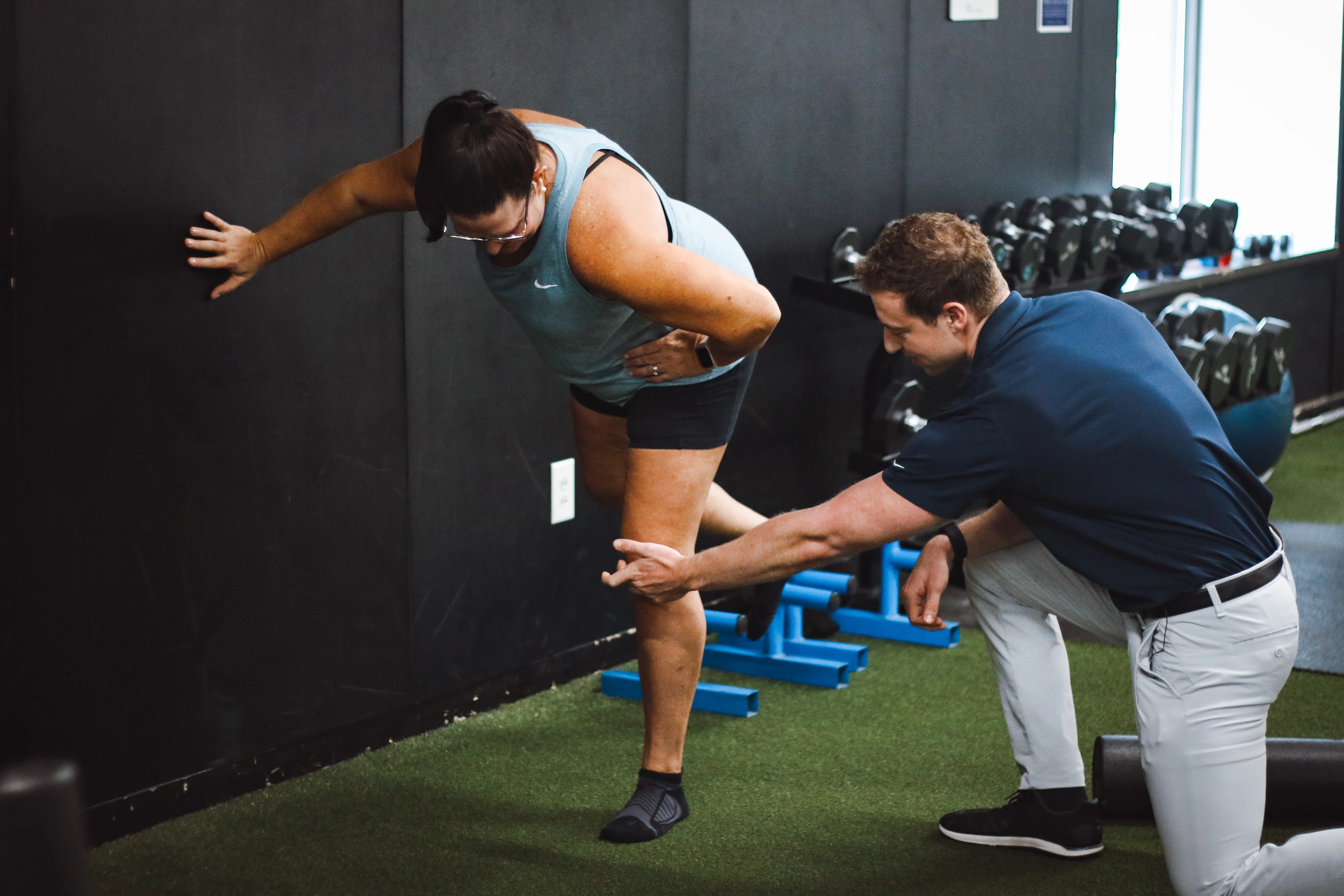The Power of Prehab: Unleashing the Benefits of Prehabilitation
You’ve heard of rehab, but what about prehab? Prehab, short for prehabilitation, involves specific exercises and training techniques designed to prevent injuries before they happen.

Prehab: Your Proactive Approach to Staying Healthy
Ever heard of rehab for injuries? But what about prehab?
Prehab, short for prehabilitation, is like a shield for your body. It involves targeted exercises and techniques designed to prevent injuries before they happen. Think of it as a preventative strike against pain and setbacks.
While the exact origins are unclear, prehab gained popularity in sports. Trainers and therapists saw its value: prevention is better than cure for sports injuries.
The Key Difference Between Prehab and Rehab
- Rehab: Exercises done after an injury to regain strength and mobility.
- Prehab: A proactive approach to minimize the risk of injuries in the first place.
The Science Behind Prehab
Prehab focuses on strengthening your body's weak spots, especially joints and connective tissues. This builds a stronger foundation for your body to move optimally.
How Prehab Works
Imagine prehab as insurance against injuries. It strengthens muscles and connective tissues, improves flexibility, and enhances balance and coordination. This creates a more robust body, less prone to injuries.
Understanding Prehab's Role in Injury Prevention
Prehab identifies and addresses potential weak spots before they become problems. By enhancing strength, flexibility, and balance beforehand, your body is better equipped to handle external stress and avoid injury-causing movements.
Benefits of Prehab
Prehab goes beyond physical gains. It offers mental health benefits too:
Physical Performance
- Improved flexibility
- Strengthened muscles
- Improved balance and coordination
Mental Health
- Boosts mood and confidence: A strong, injury-free body leads to a more positive outlook.
- Reduces anxiety and stress: Regular exercise is a natural stress reliever.
- Enhances mental resilience: Prehab exercises can build mental toughness.
Preventative Benefits
- Reduces recovery time for potential injuries.
- Decreases injury susceptibility.
- Enhances overall physical fitness.
Adding Prehab to Your Fitness Routine
Approach
- Start Simple: Begin with low-intensity exercises and gradually increase difficulty.
- Progress Gradually: As you get stronger, introduce more complex exercises.
- Make it Regular: Ideally, prehab should be part of your regular workout routine.
Common Prehab Exercises
- Bodyweight Exercises: Squats, lunges, push-ups (use your body weight for resistance).
- Resistance Band Exercises: Effective for strengthening muscles and improving mobility.
- Balance and Stability Exercises: Standing on one foot, heel-to-toe walking, yoga poses (improve balance and coordination).
Making Prehab a Habit
Fitness isn't just about getting stronger or leaner, it's also about staying injury-free. Regular prehab exercises build a stronger, more resilient body.
Remember: Consistency is key!